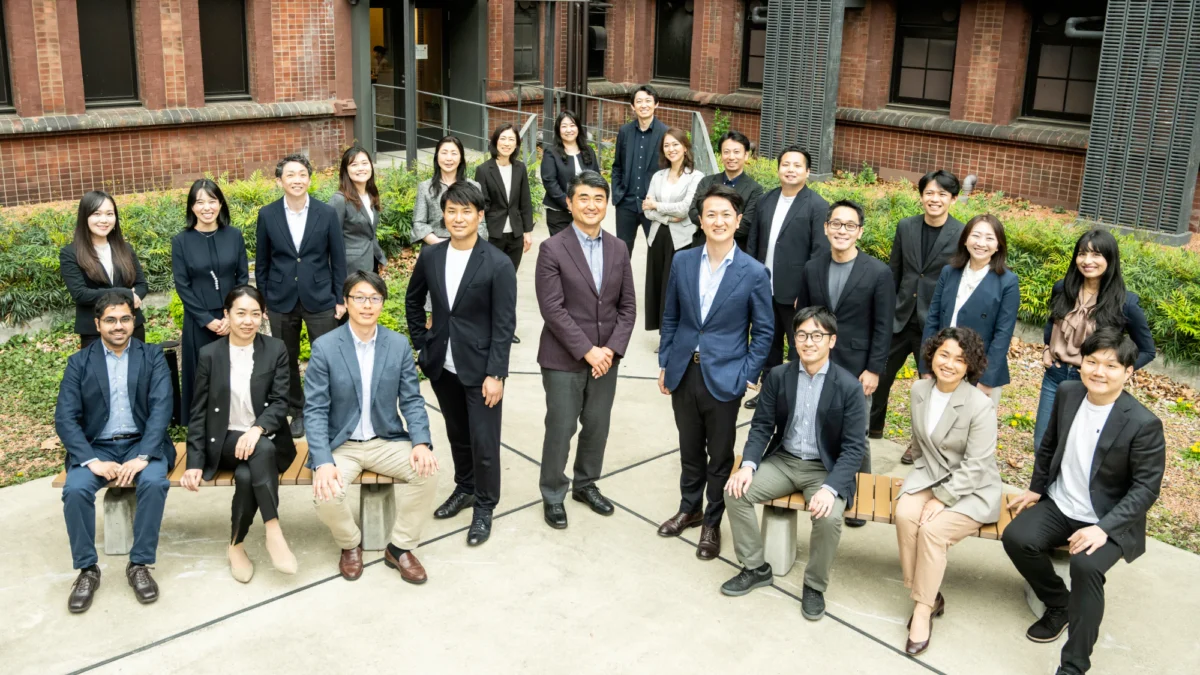Photo of Sanae Takaichi in parliament (public data licence via Wikimedia Commons)
There is an irony to conservative politician Sanae Takaichi winning the election to become Japan’s prime minister — and it’s bad news for spinouts.
She won in large part because of a cost-of-living crisis. Nothing quite illustrates this point like the price of rice, a staple food, which remains stubbornly high and keeps scratching a record of ¥4,275 per 5kg in May.
And the country has been struggling with persistent slow economic growth for years.
Takaichi also won the election against the backdrop of a rightward shift seen in countless other countries. Her Liberal Democratic Party has been bleeding traditional voters to rising, populist parties such as Sanseitō and Japan Innovation Party (Ishin).
Takaichi’s own politics place her firmly on the right, skirting populism. Crucially, she is a nationalist who has called for tighter restrictions on immigration.
And herein lies the irony.
Takaichi is faced with a faltering economy that has meant Japanese bonds have been the worst-performing government bonds by a huge margin this year, according to Bloomberg analysis.
The idea that immigration is to blame is the same trap that other nationalists fall into — or rather, perhaps, a scapegoat that’s ready-made for populist politicians to sell to voters. But because of Japan’s insular nature (both literally and figuratively), the economic danger is much more acute.
Only 3% of Japan’s population is foreign-born residents. If that seems like a small percentage, it’s because it is. For example, the United States’ population is made up of 15.8% foreign-born residents, Germany’s population includes 20.9% of foreign nationals, and Australia’s population includes 31.5% of foreigners.
Japan’s demographics are reflected in its innovation ecosystem.
Out of more than 910,000 researchers in the country, just 1.4% (less than 13,000) were foreign nationals as of 2022.
Countries like the United States and the United Kingdom have excelled at innovation because they have been welcoming overseas talent for decades (though the EU is courting US researchers amid Trump’s attacks on universities and foreign citizens, and the UK has struggled post-Brexit amid increasing anti-immigrant rhetoric).
Historically, it has given these countries access to the world’s best brains, who have driven important discoveries, contributed to economic growth, and saved countless lives.
To pick one of the most famous examples, Katalin Karikó, whose pioneering work in mRNA vaccines laid the groundwork for Moderna and BioNTech’s covid vaccines, grew up and gained her PhD in Hungary before emigrating to the United States.
Out of more than 910,000 researchers in Japan, just 1.4% (less than 13,000) are foreign nationals.
Japan has been ambitious about commercialising its university research since 2013. A world-leading 85% of the country’s top institutions have dedicated university venture funds, such as the University of Tokyo Innovation Platform, Kyoto University Innovation Capital, and Tohoku University Venture Partners.
In 2022, the government’s Japan Science and Technology Agency established the Japan University Fund with an initial ¥10 trillion, expanding it by an additional ¥1 trillion in July this year, to support university research excellence and commercialisation over the next couple of decades.
Advertisement
All of these strategies are starting to pay off.
An additional 786 spinouts were created during the fiscal year 2024, bringing the total number of university IP-backed startups to 5,074. That’s a jaw-dropping increase of nearly 75% in just a few years: there were 2,905 spinouts in the country in 2020.
It’s also a rate of company creation surprisingly close to that of the United States, which produced 951 new spinouts during fiscal year 2024, according to the latest AUTM survey. It’s even more than the number of active spinouts in the UK.
The top performers in Japan are the University of Tokyo, which has created a total of 468 spinouts, and the University of Kyoto, which has founded a total of 422 spinouts.
These portfolio sizes rival those of globally renowned spinout factories such as the University of Oxford and ETH Zurich.
Of course, setting up a company is the easy part.
Creating employment, making an economic impact, and selling innovations to customers is a whole other story.
And here’s the crux: if Japan truly wants to be a leader in university spinouts, it will not only have to keep its borders open, but it will actually have to figure out ways of increasing immigration.
Because building these spinouts requires the best talent the world has to offer — from scientists to business development managers to CEOs to angel investors to well-connected and deep-pocketed VCs.
Domestic funds like University of Tokyo Edge Capital Partners investing in countries like the UK is only part, albeit an important part, of the equation. Overseas funds also need easy access to Japanese startups, and that means networks and boots on the ground.
And once they’ve invested, they don’t want populist politics preventing their portfolio from recruiting the best talent the world has to offer.
Attracting overseas experts has the added benefit of helping Japan build networks to international markets, so its spinouts can become truly global players that command the kinds of valuations and revenues everyone outside of Silicon Valley dreams of.
The sombre reality, however, is that hardliner Takaichi might not be the leader the country needs to get it there. Her coalition partner, Ishin, won’t help matters.
Let’s hope that university venture funds and tech transfer offices are ready to fight their corner. It’s a fight they cannot afford to lose.




